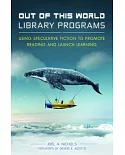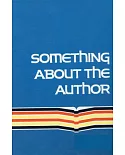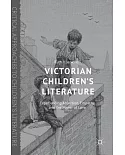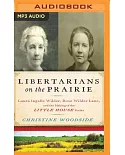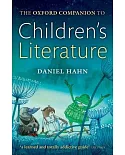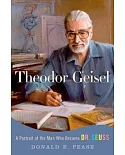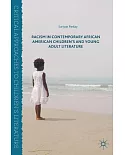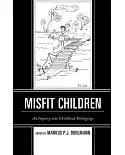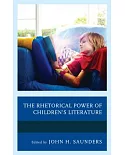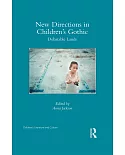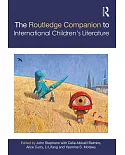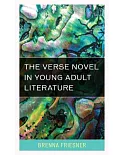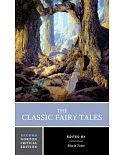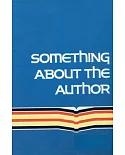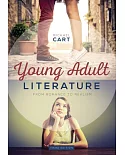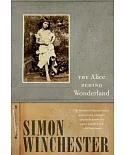In this historical study, Anne Lundin explores how the garden of children's classics took root through the agency of two cultural institutions - the children's library and the academy. How did
the fledgling children's librarian profession of the late 19��superscript th�穡 century and the fledgling children's literature professorate of the late 20��superscript th�穡 century construct a
privileged landscape of literature for children that continues today? What were the political uses of such cultivated space in cultural validation?
The volume explores the institutional investment of librarians and scholars in canon formation. While children's library history is a longer trail of professional practice, the history of
children's literature scholarship converges along a similar path in contemporary children's literature. Beyond library walls and ivory towers is the reader, the maker of meaning in which texts
of books are texts of lives.


